
Rock — Through the Looking Glass
Technician Luan Heywood finds me in the core lab. “Hey, I’m making a thin section. Would you like to come see how I do it?”
Of course! When I looked at one of these ultra-slim pieces of rock, glued to a slide, under the microscope a couple of weeks ago, I was enchanted. Thin sections are very beautiful…
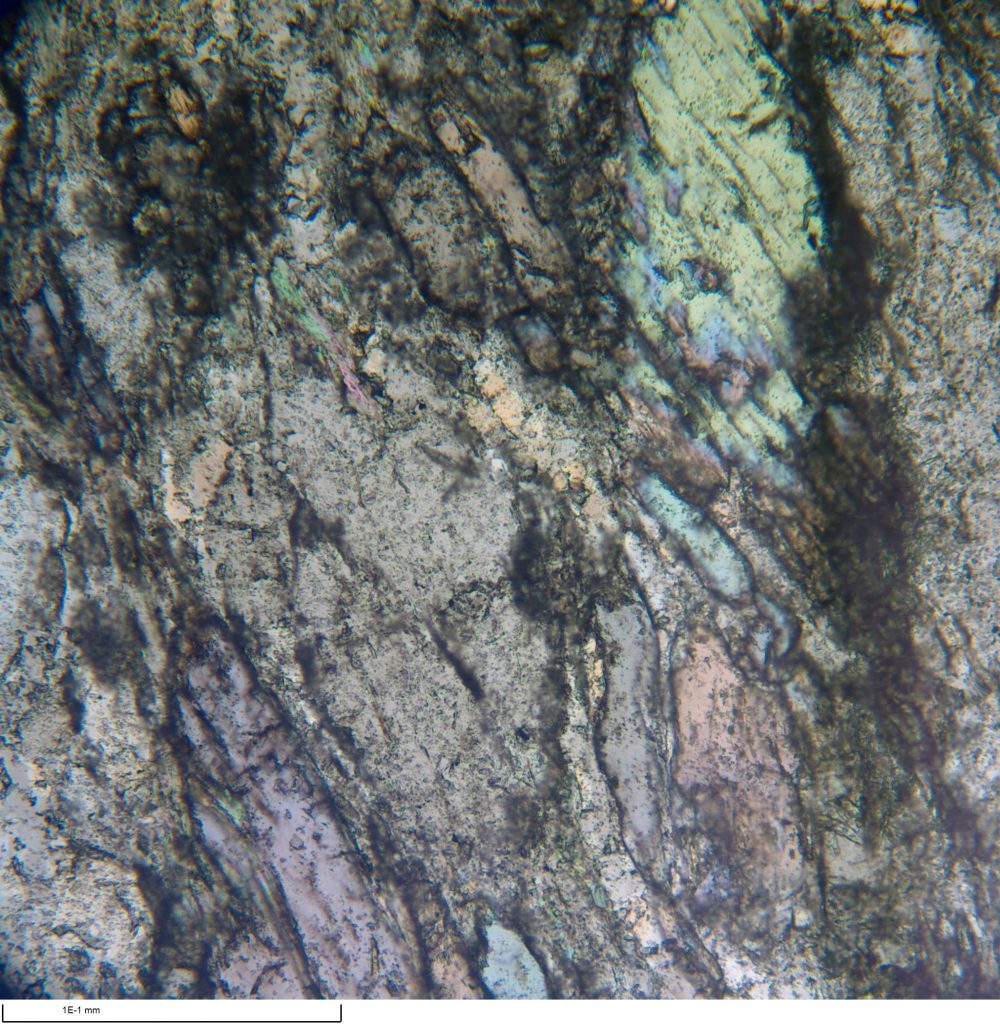
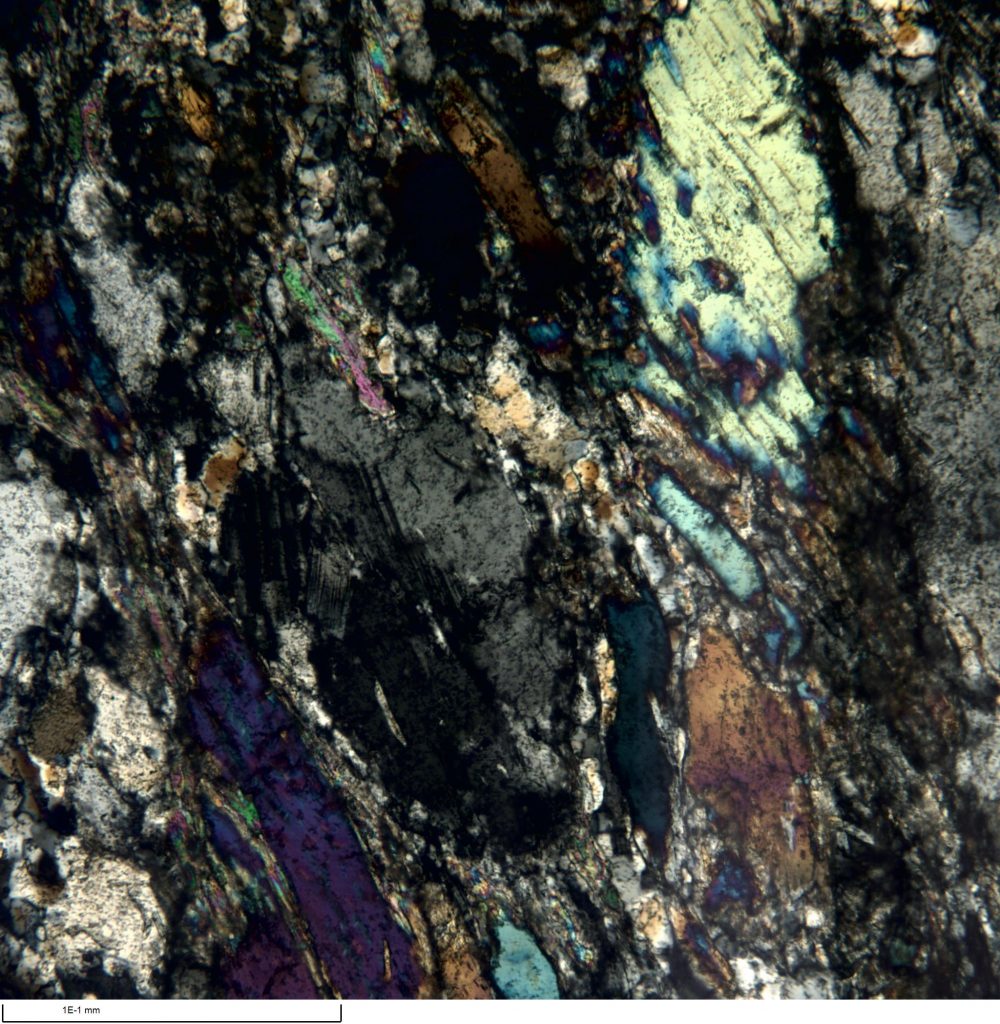
Scientists look at thin sections under a microscope to determine the mineral composition of a rock. On Expedition 382, the rocks are “dropstones” deposited by Antarctic icebergs that melted along ago, and our team will use them to discover where in Antarctica the rock came from. This will help them determine which parts of Antarctica were most prone to melting during warm periods in the past.
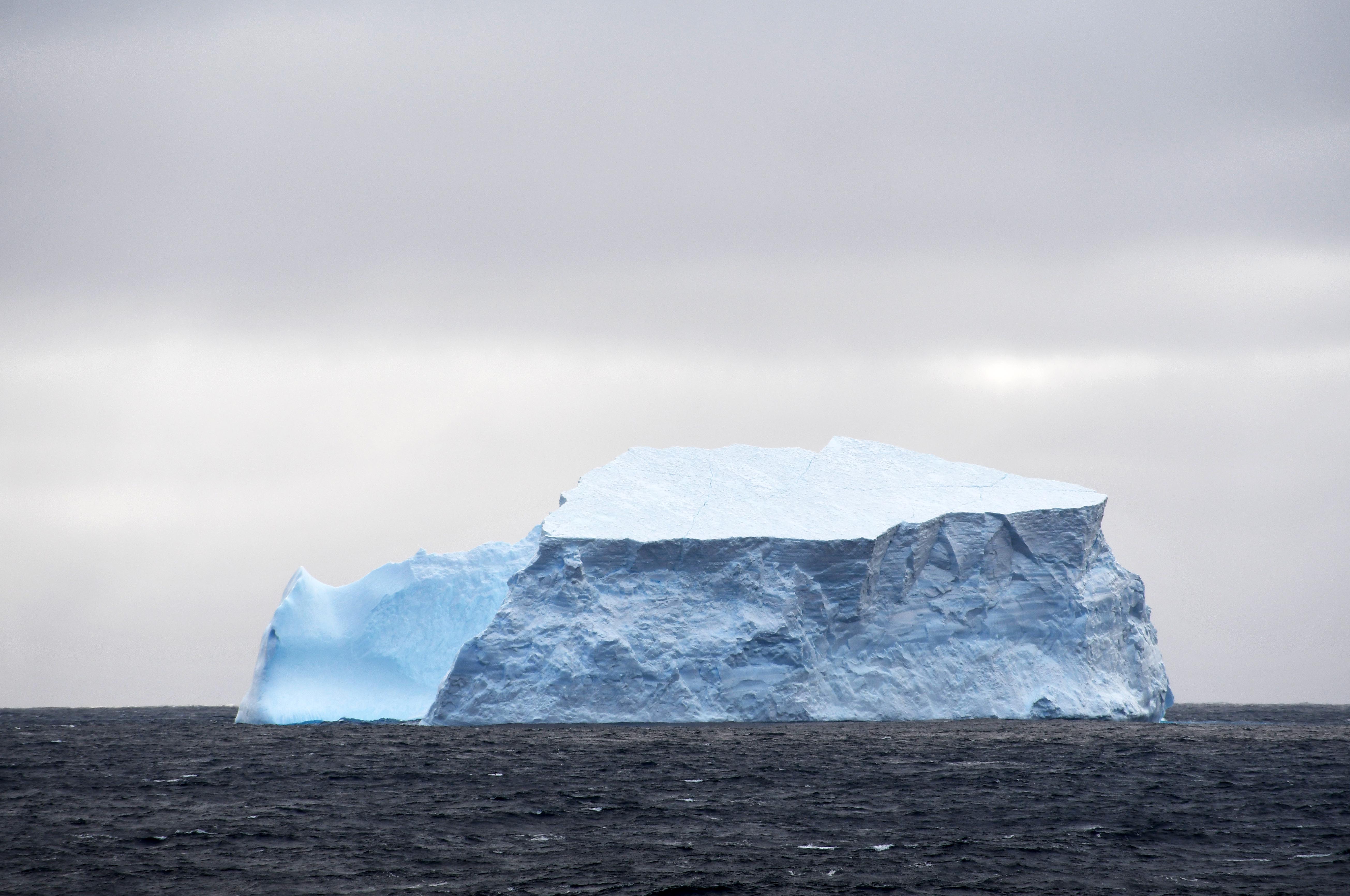
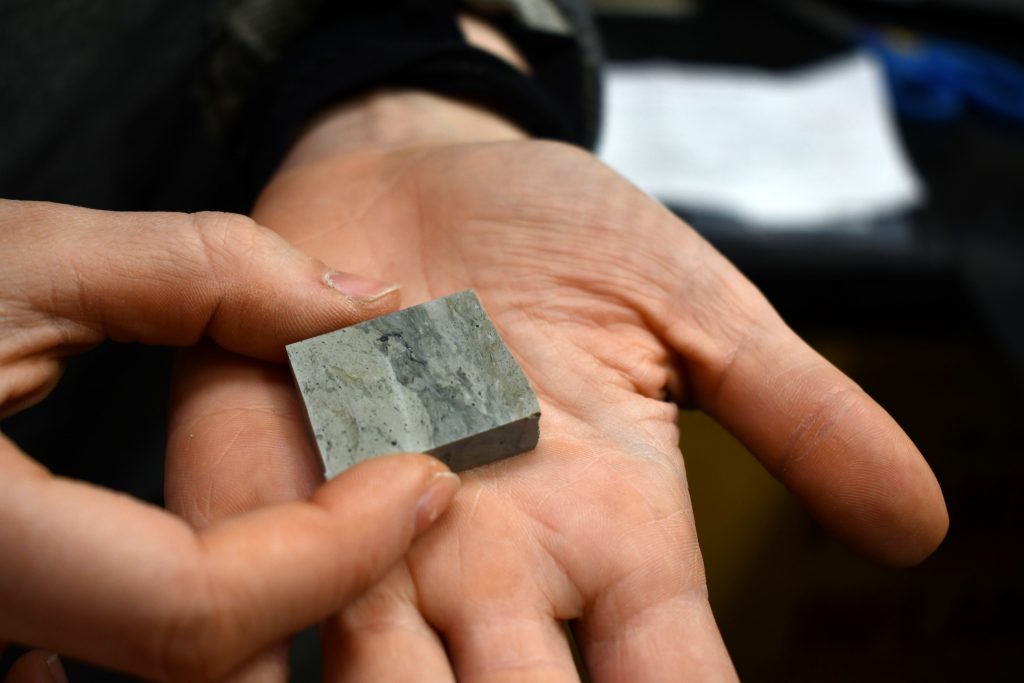
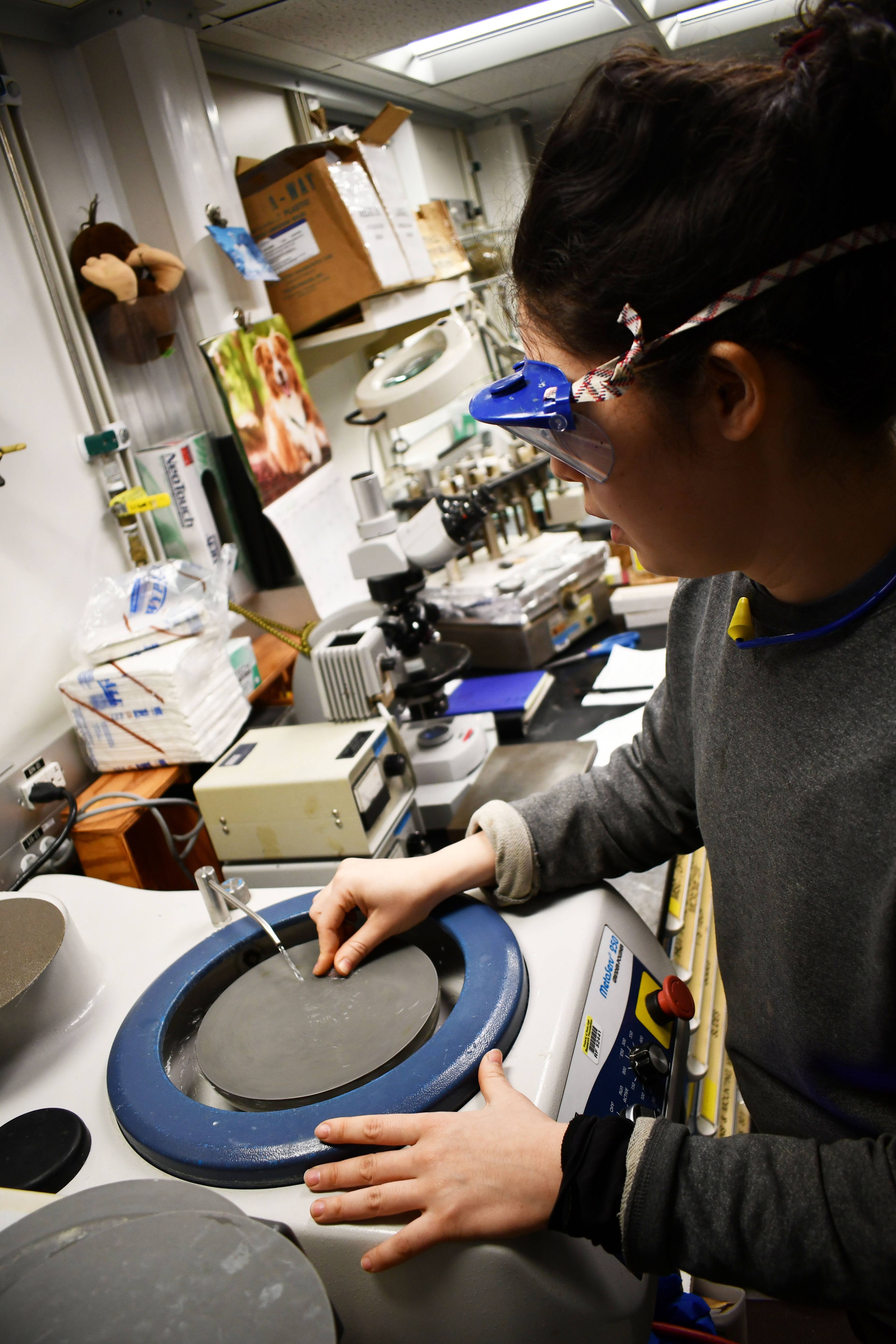
Suction keeps the slide attached to the plate. The blade grinds through the rock, and the excess rock is saved for further analysis.

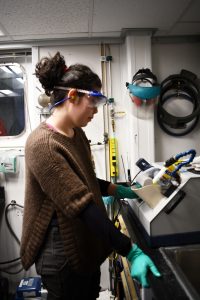
The piece attached to the slide is very thin, but it’s nowhere near thin enough yet! The rock must be almost translucent before it will be useful to the scientist who requested the thin section.
Luan uses the grinder, stopping now and then to test the thickness of the rock with a special measuring device along the way. She’s aiming for 30 microns—that’s 30/1000 of a millimeter, or about half the width of a human hair.
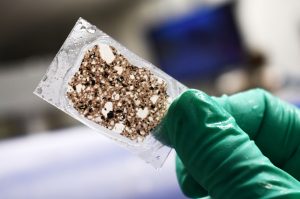
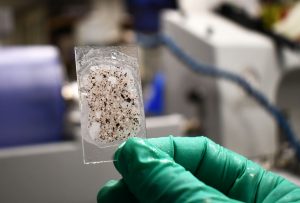
When she thinks it’s getting close, Luan looks at the thin section under a microscope. She uses the appearance of the rock and her knowledge of how various minerals look under polarized light to judge when the thin section is ready. If the section is not yet thin enough, it will look quite colorful under polarized light. She patiently explains how a polarizer works and how the minerals in the rock bend rays of light. She uses a fine grit aluminum oxide powder and water to patiently polish the rock until it’s glossy. Then she measures it again and checks it under the microscope.
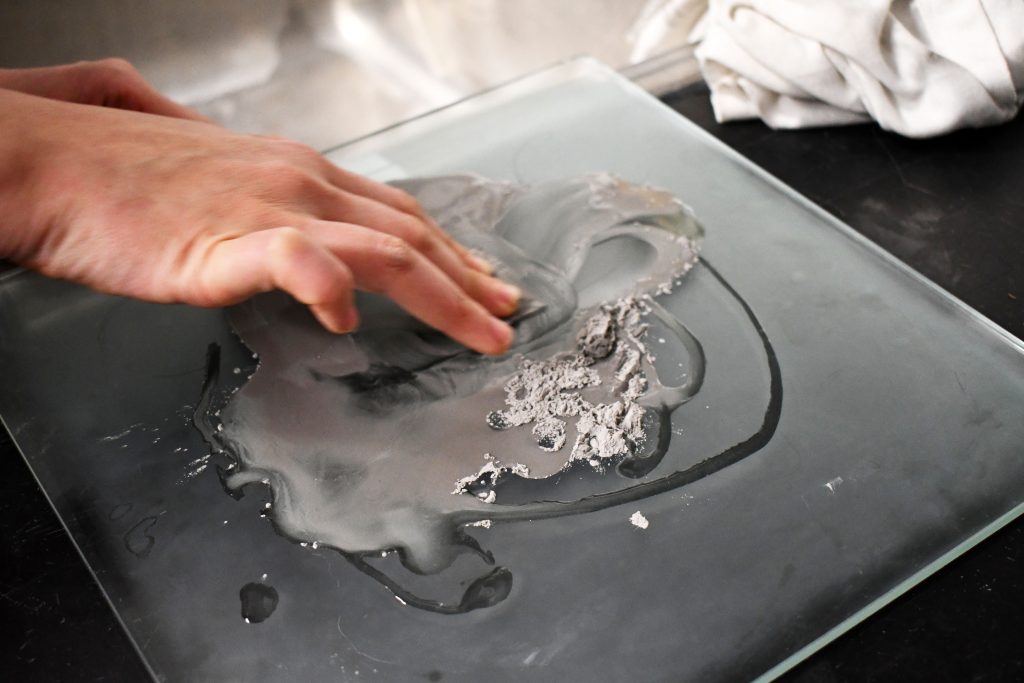
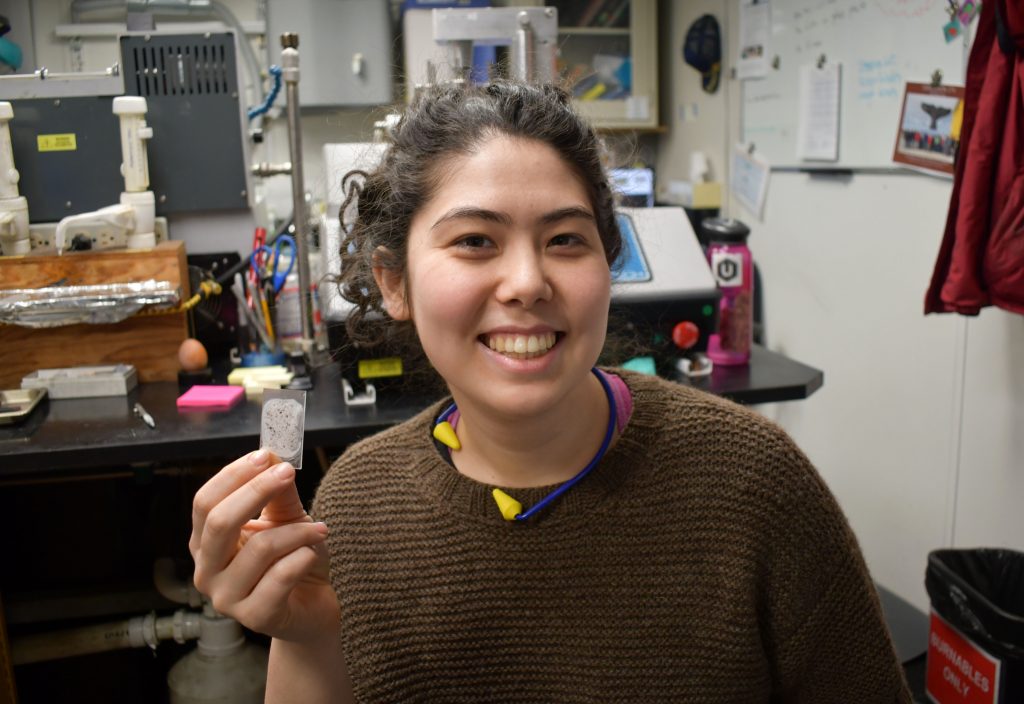
Great story. I never knew these samples needed to be so thin. Thank you!